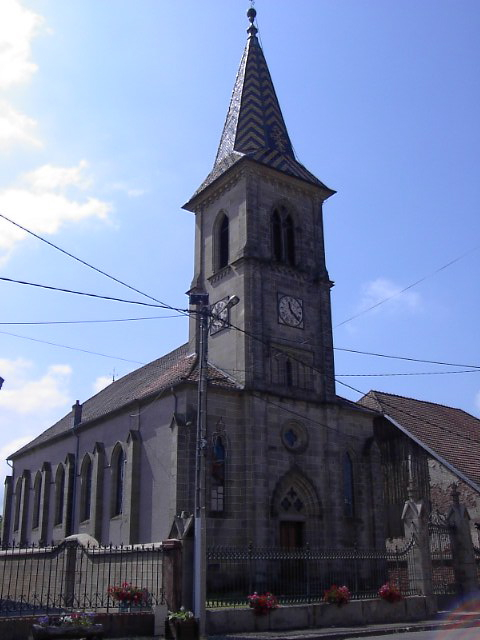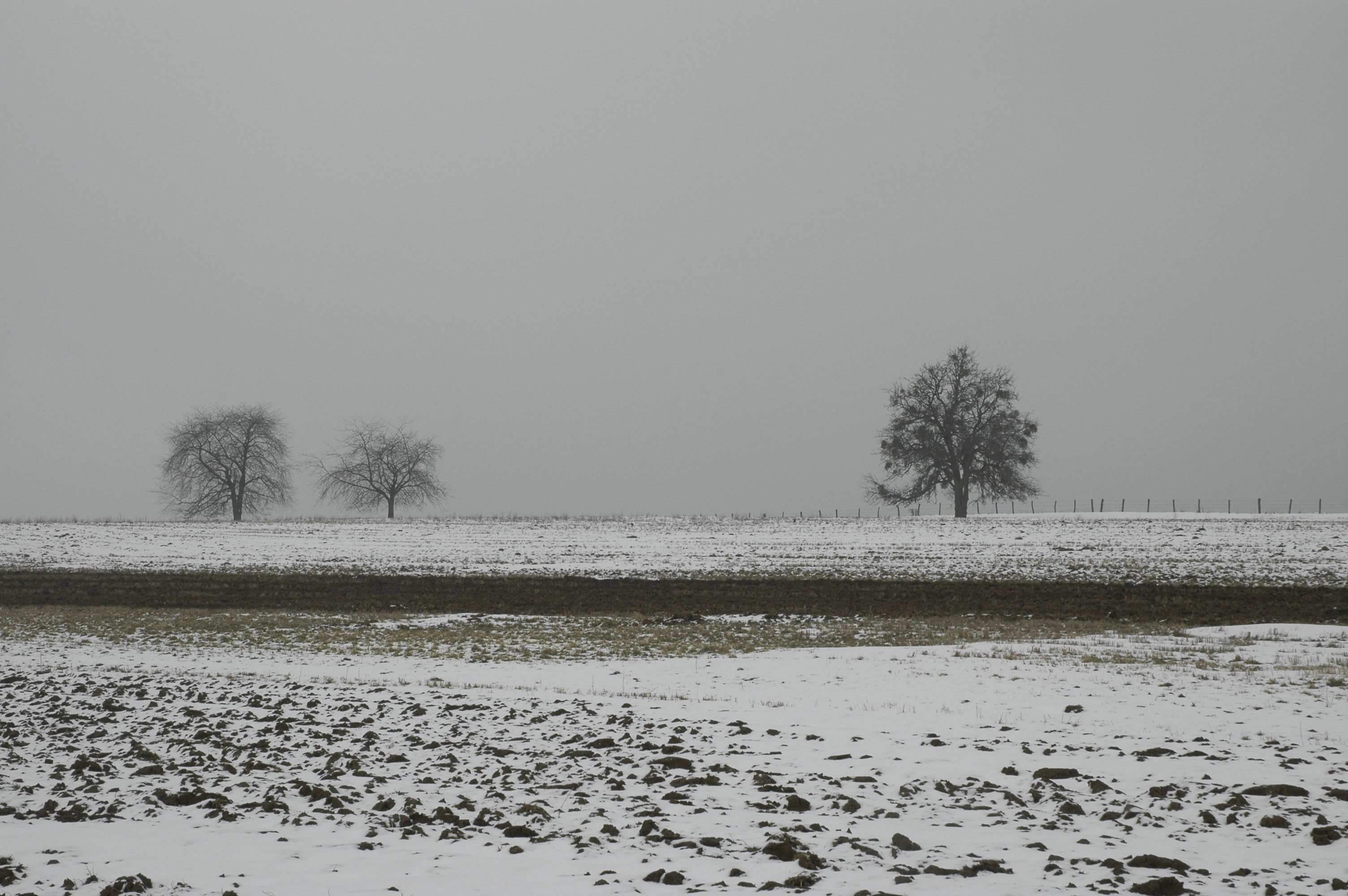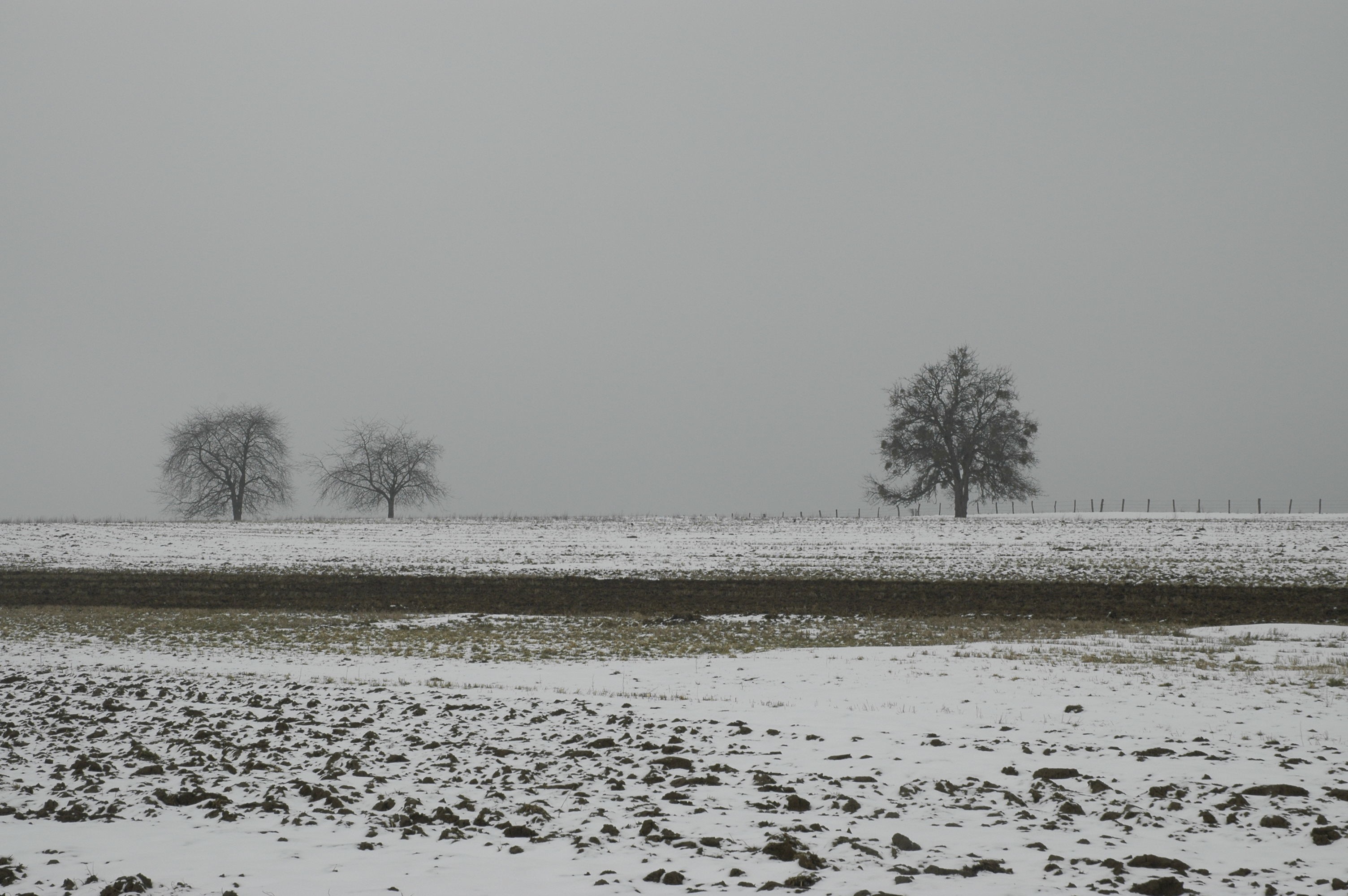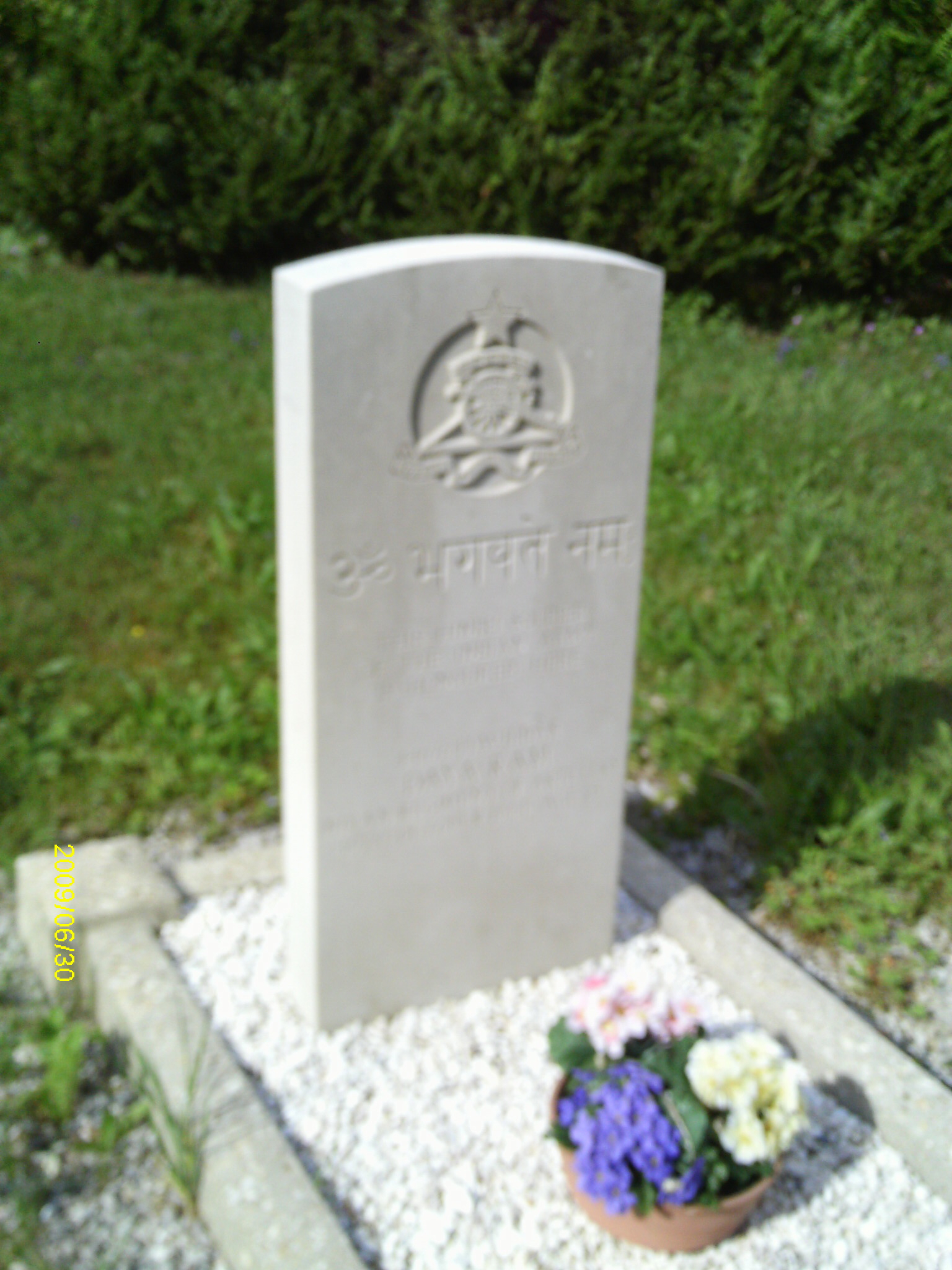How Were They Hidden?
The woods around Etobon are old, and they are deep. The men of the village, hunters and foresters, know the woods well. There are ancient tracks that link the villages, and isolated shelters, caves and clearings known only to these men. The tracks and trails date at least to Roman times: there is a Roman road paved with blocks of stone that cuts through the woods between Clairegoutte and Etobon. When the escaped prisoners became too numerous to hide in the barns and attics of the village, the men decided they’d be safer in camps in the woods, in locations unknown to the German occupiers.
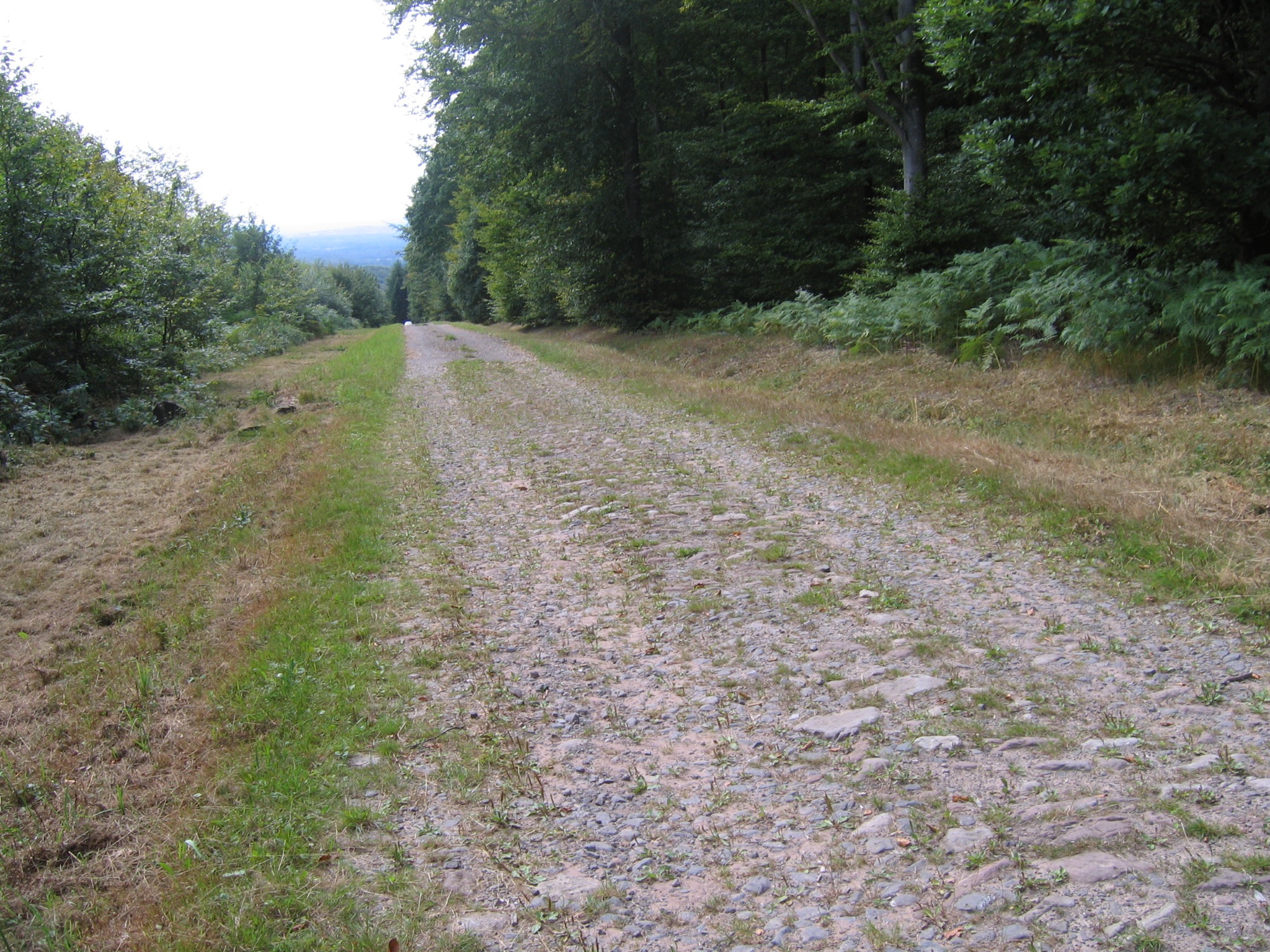 Part of the Roman road near Tête de ChevalThey began with a few small camps, at the Leaping Spring and The Horse's Head, two spots far into the woods. The men of Etobon provided tools, axes, shovels, hammers, and as much equipment as they could spare. They brought old pots for cooking and helped the soldiers build lean-to shelters. The soldiers expressed their gratitude and pleasure at having a safe and secret camp of their own.
Part of the Roman road near Tête de ChevalThey began with a few small camps, at the Leaping Spring and The Horse's Head, two spots far into the woods. The men of Etobon provided tools, axes, shovels, hammers, and as much equipment as they could spare. They brought old pots for cooking and helped the soldiers build lean-to shelters. The soldiers expressed their gratitude and pleasure at having a safe and secret camp of their own.
Their planned escape to Switzerland had not gone well. After the first escapees had managed to cross the frontier into the neutral country, the Germans tightened their grip on accessible border crossings. Many of the Indian soldiers were turned back, and some were killed. A few weeks after they were escorted onto the next group of maquis by the men of Etobon, small groups had returned to the village with horrifying tales. The Etobonais knew they must keep these men safe until the end of the war.
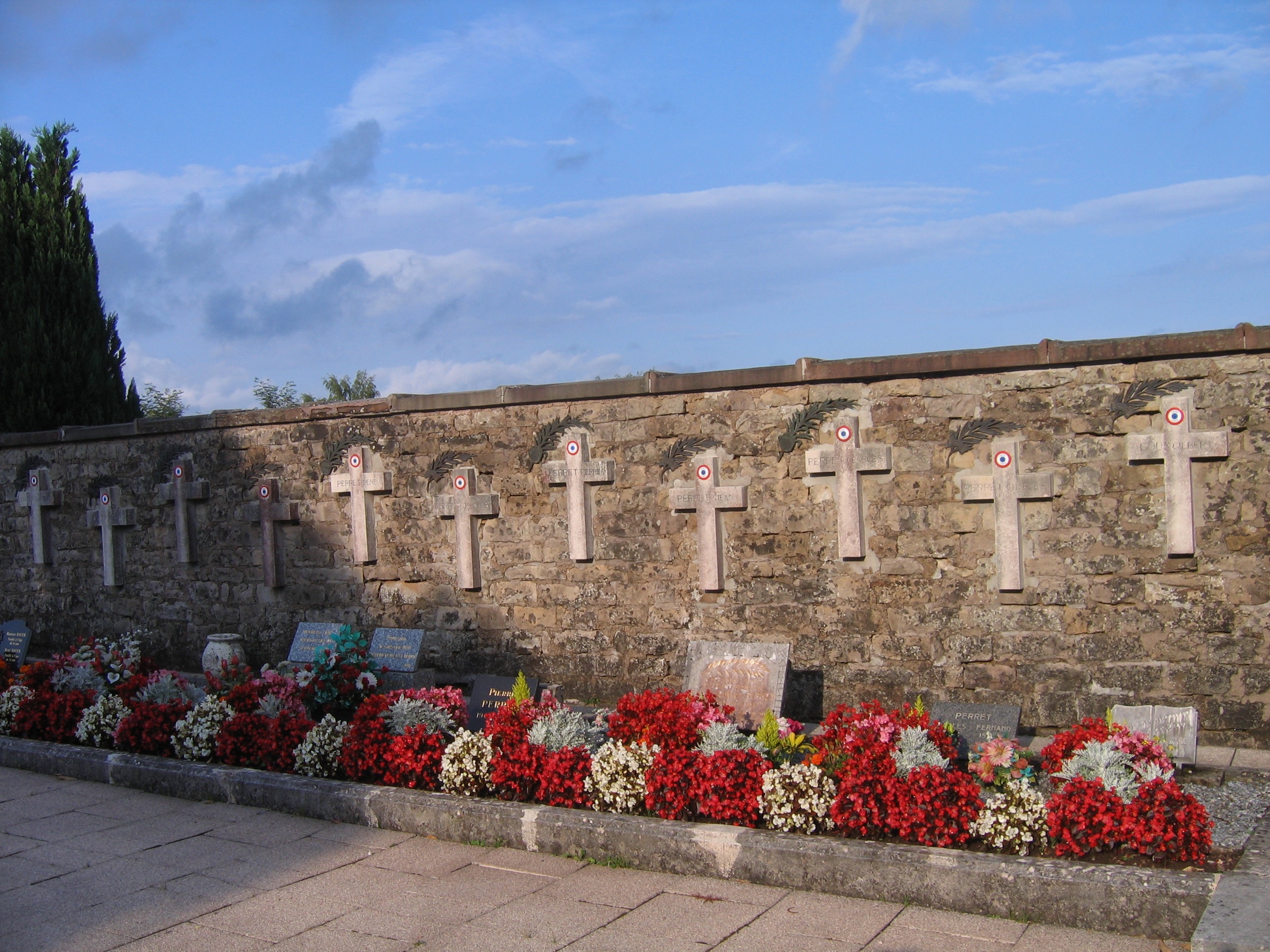
 Katherine Douglass
Katherine Douglass